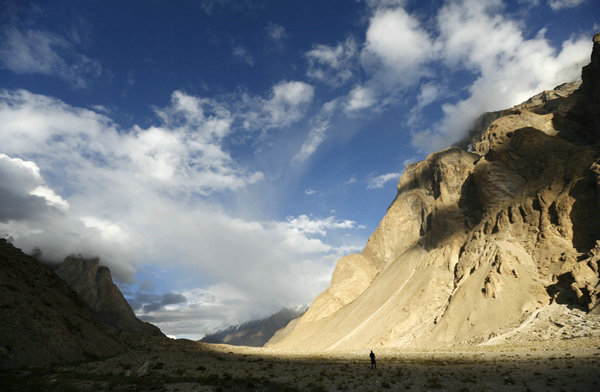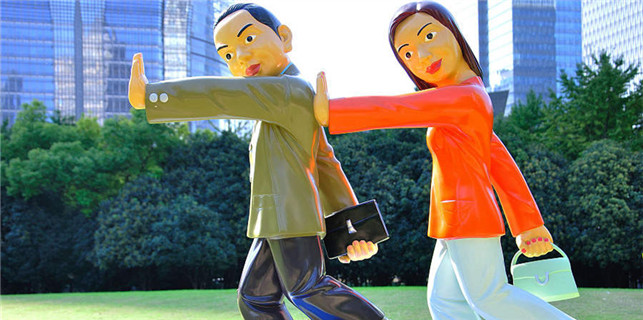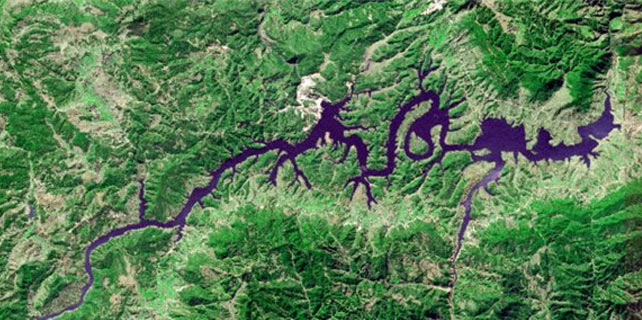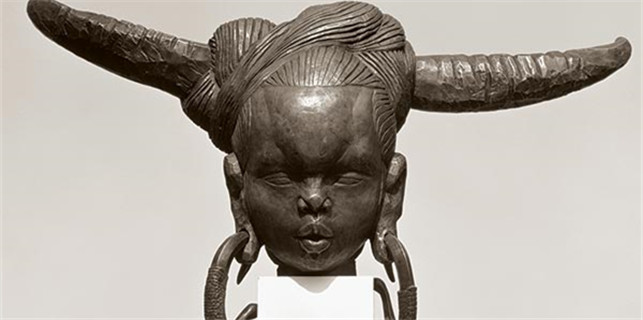Northern hilly areas in Pakistan thirsty for more tourists
 |
|
A trekker stands in the valley of the Braldu River at Bardoumal along the K-2 base camp trek in the Karakorum mountain range in Pakistan.[Photo/Agencies] |
Taking a break from his busy schedule as a banker, Kelvin L., an Australian of Chinese origin, and his three friends visited Pakistan this summer to take in the South Asian country's scenic beauty.
Speaking to Xinhua recently, Kelvin says he had heard of Pakistan's beauty from a colleague, and he was very impressed by the hospitality of the people and the landscape and wishes to visit the country again.
Kelvin is not the only foreigner to be impressed by the beautiful landscape of the country.
Many other foreigners have visited the country since the improvement of the law and order situation there.
According to the World Economic Forum's Travel and Tourism Competitiveness Report 2017, the direct contribution of travel and tourism to Pakistan's GDP was $328.3 million in 2015, constituting 2.8 percent of the total GDP that year.
And the Pakistani government says that tourism will contribute $9.5 billion to the country's economy by 2025.
A World Economic Forum report also ranks Pakistan as one of the top 25 percent tourist destinations for its World Heritage sites.
The main destinations for tourists to Pakistan are the country's northern mountainous area, which lies at the junction of the world's three great mountain ranges-the Karakorum, the Hindukush and the Himalayas.
Some of the 14 highest peaks in the world, including the second highest K-2, are located there.
Besides, the region also hosts some of the largest glaciers in the world, making it an ideal place for mountaineers, trekkers, adventure sports enthusiasts and nature lovers.
The region also has a rich cultural heritage, interesting history, rare fauna and a whole lot of natural attractions, including the world's rarest gems and rock crystals.
Foreign tourists say that they had a negative perception about Pakistan before visiting possibly due to the recent terror attacks, but their views changed once they visited the country.
"It's a shame that it (Pakistan) gets perceived negatively by the media. It's such a wonderful country and the people are so hospitable and nice. Wherever we went people offered us tea or meals. Locals invited us to hang out and sing and dance with them, and it was a very good experience for me," says Kelvin.
Most of the foreign tourists who visited the scenic north this year believe that Pakistanis are remarkable when it comes to hospitality, and that the country has a lot to offer in its gems and minerals-rich mountains, but that there is still a room for improvement from the security standpoint.
Taseer Beyg, a photographer from the Hunza valley, says that the region does not have any major problem with security.
"There were issues a few years ago. But now the issues have been resolved. Also, foreigners love to explore and meet the locals. Yes, they love to stay in local houses to know more about our language, culture and traditions."
The Pakistan Tourism Development Corporation says that Pakistan welcomed 1.75 million tourists last year thanks to the improving law and order situation in the country.
Locals say that November marks the beginning of the skiing season in the northern snow-topped hilly areas of the country, and that they are hopeful of welcoming more foreign tourists this year.
- Chinese exhibition of tea, silk and porcelain held in Pakistan
- China's intangible cultural heritage week kicks off in Pakistan
- Photo exhibition held in Pakistan to celebrate anniversary of diplomatic ties
- Pakistan keen to form ties with Zhanjiang university
- Pakistan to hold series of activities to celebrate Chinese New Year




















